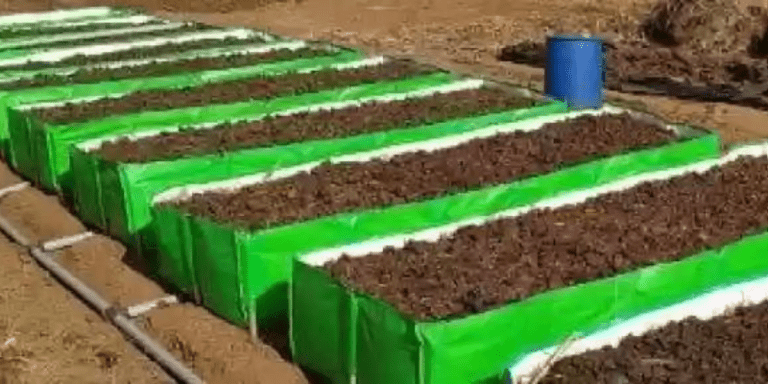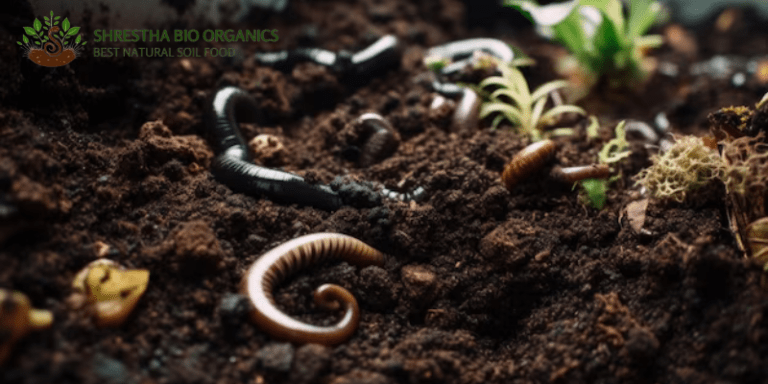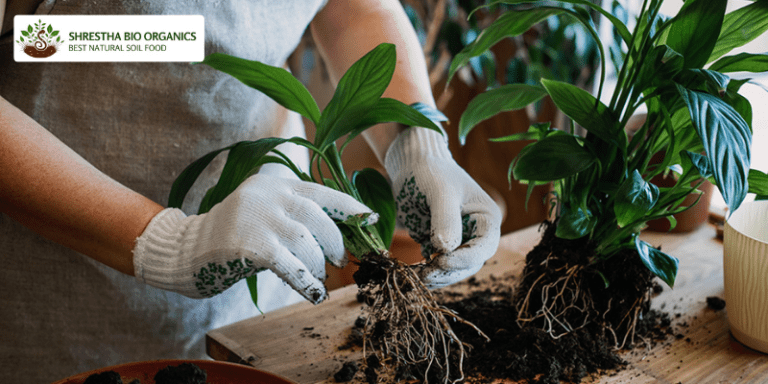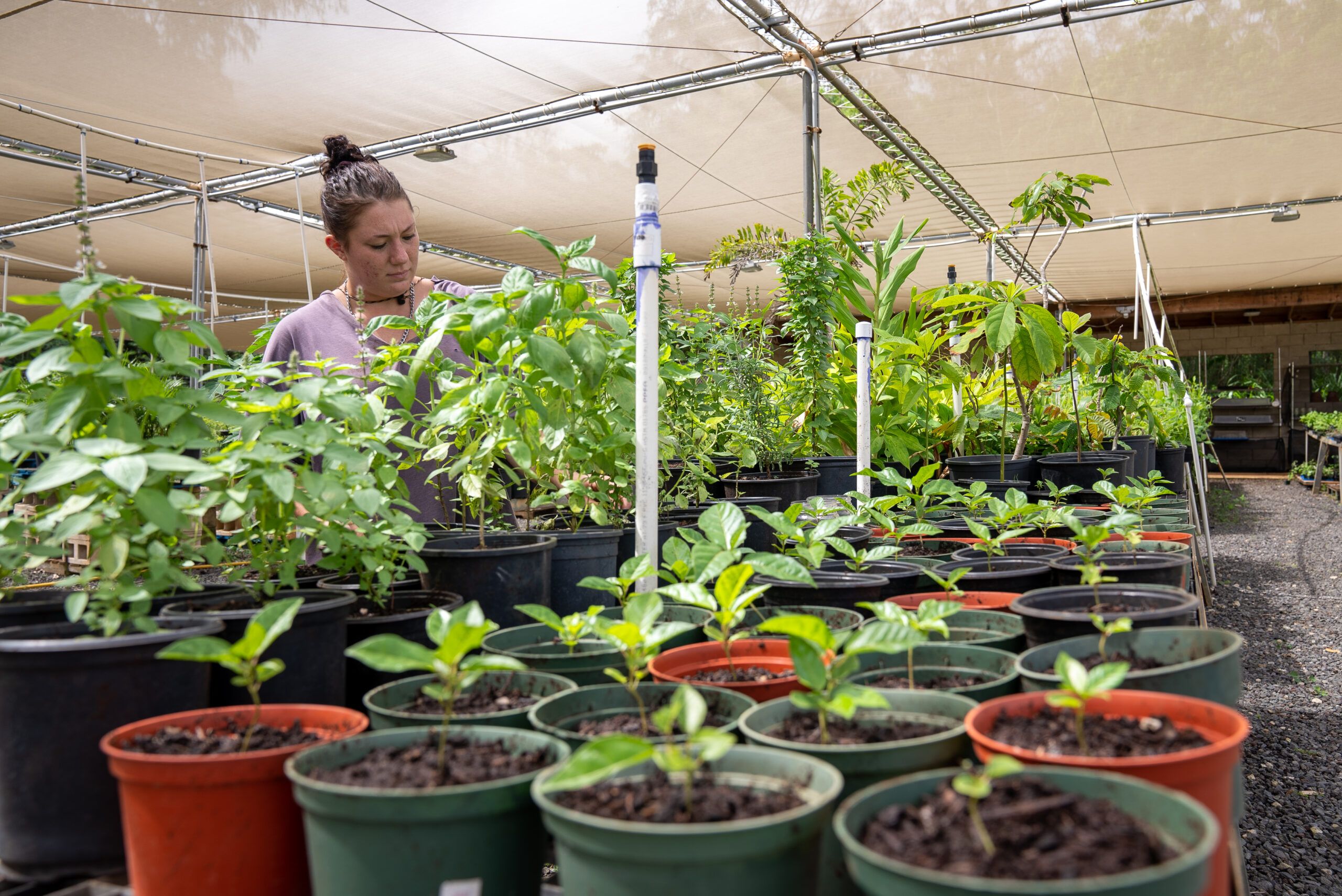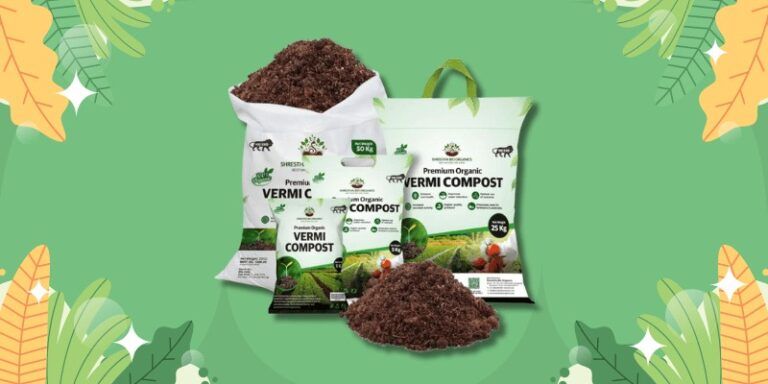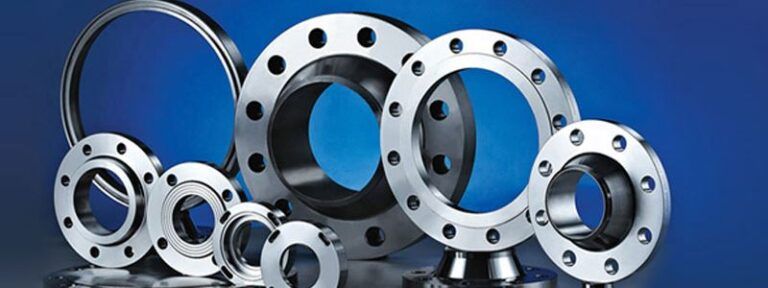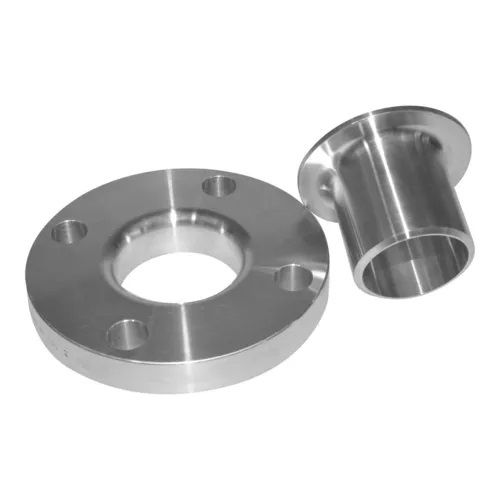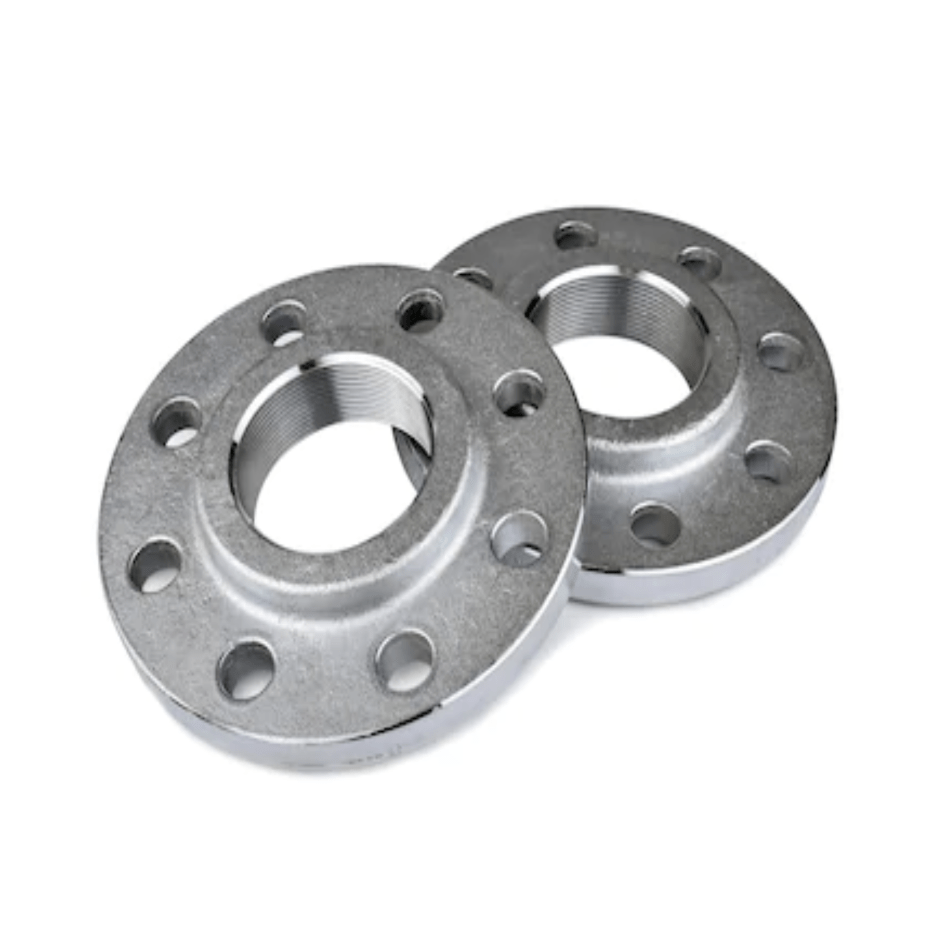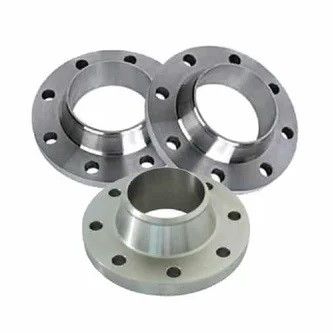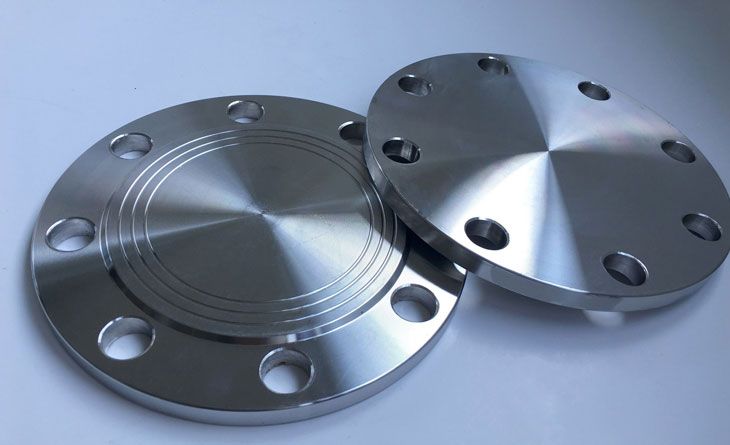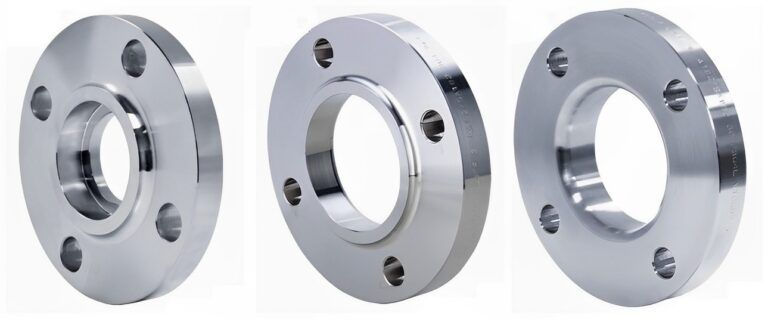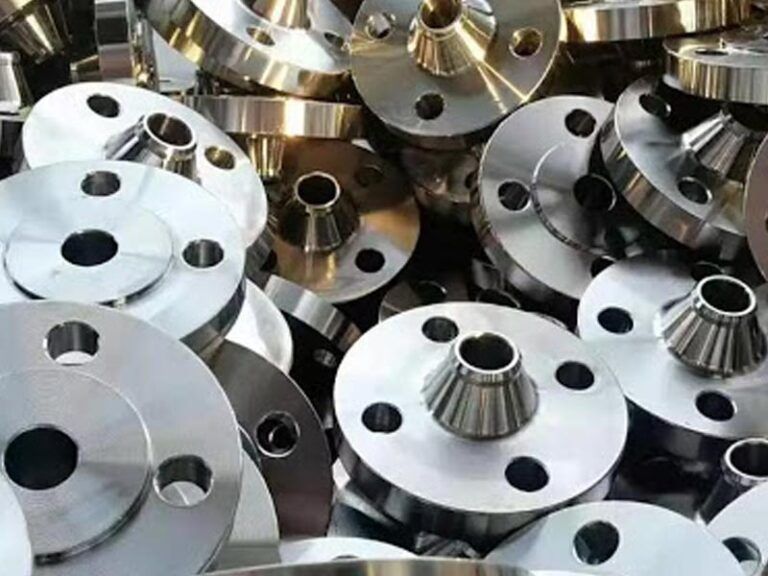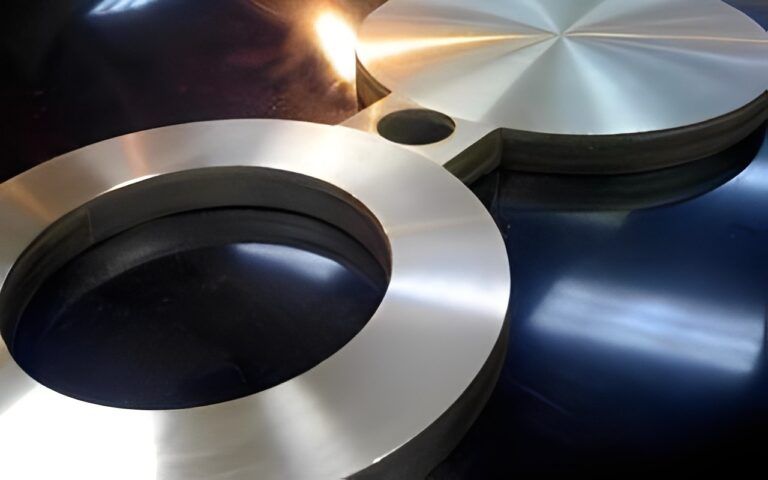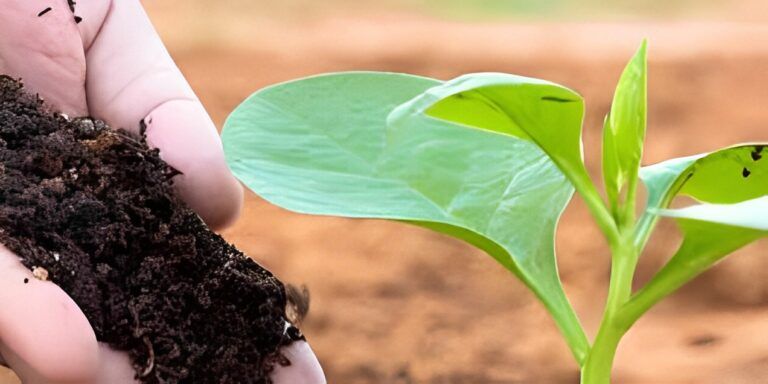“वर्मीकॉम्पोस्ट बेड” क्या होता है?
“वर्मीकॉम्पोस्ट बेड” क्या होता है? यह एक विशेष प्रकार का बिस्तर होता है जिसमें कीड़े मकोड़े को रखकर जैविक खाद उत्पन्न की जाती है। यह खाद पौधों के पोषण में मदद करती है और मिट्टी की गुणवत्ता को बेहतर बनाती है। वर्मीकॉम्पोस्ट बेड का उपयोग उद्यान और खेती में किया जाता है, और यह प्रदूषण को कम करने में भी मदद कर सकता है। अधिक जानकारी के लिए, आप हमारी वेबसाइट पर जा सकते हैं: https://shresthabioorganics.com

“वर्मीकॉम्पोस्ट बेड कैसे बनाएं?”
वर्मीकॉम्पोस्ट बेड बनाना एक सरल और पर्यावरण मित्ती उत्पादन प्रक्रिया है। निम्नलिखित चरणों का पालन करके आप वर्मीकॉम्पोस्ट बेड बना सकते हैं:
सामग्री:-
कंटेनर या बेड: पहले, आपको एक बड़े साइज का कंटेनर या बेड चुनना होगा, जिसमें वर्मिकम्पोस्ट बनाने के लिए स्थान हो सके।
जैविक बर्मिंग मटेरियल: वर्मीकॉम्पोस्ट बेड में डालने के लिए चीजें जैसे कि कचरा, रोटी के टुकड़े, किचन वेस्ट, बर्गैज, और पौधों के बिना खाद को शामिल करें।
वर्मिकम्पोस्ट वर्म्स: वर्मीकॉम्पोस्ट बेड में वर्म्स (कीड़े मकोड़े) डालने से जैविक सामग्री को उत्पादनीय खाद में बदलने में मदद मिलती है।
प्रक्रिया:-
कंटेनर तैयारी: सबसे पहले, एक सुरक्षित और वायुसीत कंटेनर या बेड तैयार करें।
प्रारंभिक स्थिति: कंटेनर के नीचे कुछ इंच की प्रारंभिक स्थिति बनाएं।
आयाम निर्धारित करें: कंटेनर के आकार के आधार पर उचित आयाम निर्धारित करें।
लेयर प्रणाली: अपने कंटेनर में जैविक बर्मिंग मटेरियल की विभिन्न परतें बनाएं, इससे खाद का सही तरीके से फर्मेंटेशन होगा।
वर्म्स डालें: बर्मिंग मटेरियल के ऊपर वर्म्स को धीरे-धीरे रखें।
नमी दें: बर्मिंग मटेरियल में थोड़ी नमी बनाएं, ताकि वर्म्स को आराम से काम करने का मिले।
आवश्यकतानुसार पानी दें: बेड को आवश्यकतानुसार नमीदार रखें, पानी की अधिकता से बचें।
पानी की निगरानी: वर्मीकॉम्पोस्ट बेड की नमी को निगरानी करें और अधिकता को रोकने के लिए आवश्यकता परामर्श के अनुसार पानी दें।
संपूर्ण कोम्पोस्ट बेड बनाने के बाद, आपका वर्मीकॉम्पोस्ट बेड तैयार है! इसमें जैविक खाद बनाने के लिए वर्म्स की मदद से आप पौधों के पोषण को बढ़ा सकते हैं और अपने उद्यान को स्वस्थ बना सकते हैं|
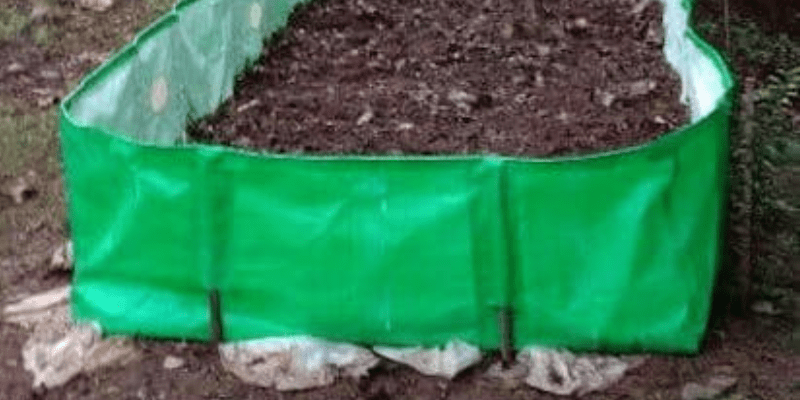
वर्मीकॉम्पोस्ट बेड के लाभ:
वर्मीकॉम्पोस्ट बेड का उपयोग करने से आपको कई आदर्श लाभ मिलते हैं। यह बेड पौधों के पोषण में मदद करने के साथ-साथ मिट्टी की गुणवत्ता को बढ़ावा देता है।
उत्तम खाद उत्पादन: वर्मीकॉम्पोस्ट बेड से प्राप्त वर्मिकम्पोस्ट खाद पौधों के लिए उत्तम पोषण स्रोत होता है, जिससे उनकी विकास बेहतर होता है।
मिट्टी की गुणवत्ता में वृद्धि: वर्मीकॉम्पोस्ट बेड से बनने वाली खाद से मिट्टी की गुणवत्ता में सुधार होती है, जिससे पौधों को अधिक पोषण मिलता है और उनकी विकास बेहतर होता है।
प्रदूषण की कमी: वर्मीकॉम्पोस्ट बेड से बनने वाली खाद का उपयोग करके आप पौधों की देखभाल कर सकते हैं, जिससे पेड़-पौधों की अच्छी वृद्धि होने के साथ-साथ प्रदूषण की कमी में भी मदद मिलती है।
प्राकृतिक खेती में सहायक: वर्मीकॉम्पोस्ट बेड एक प्राकृतिक तरीके से खेती और उद्यान में उपयोगी होता है, जिससे आप प्राकृतिक तरीके से पौधों की देखभाल कर सकते हैं।
वेबसाइट पर जानकारी: अधिक जानकारी के लिए, कृपया हमारी वेबसाइट पर जाएं: https://shresthabioorganics.com।
वर्मीकॉम्पोस्ट बेड के उपयोग से आप अपने उद्यान और खेती को स्वस्थ बना सकते हैं, और प्राकृतिक तरीके से खाद उत्पादन करके पौधों की देखभाल कर सकते हैं।


